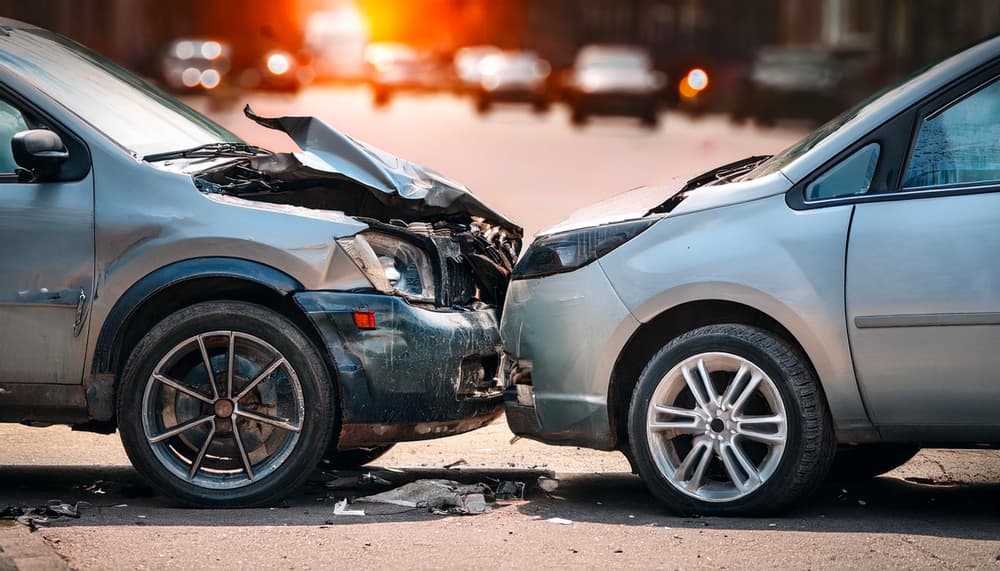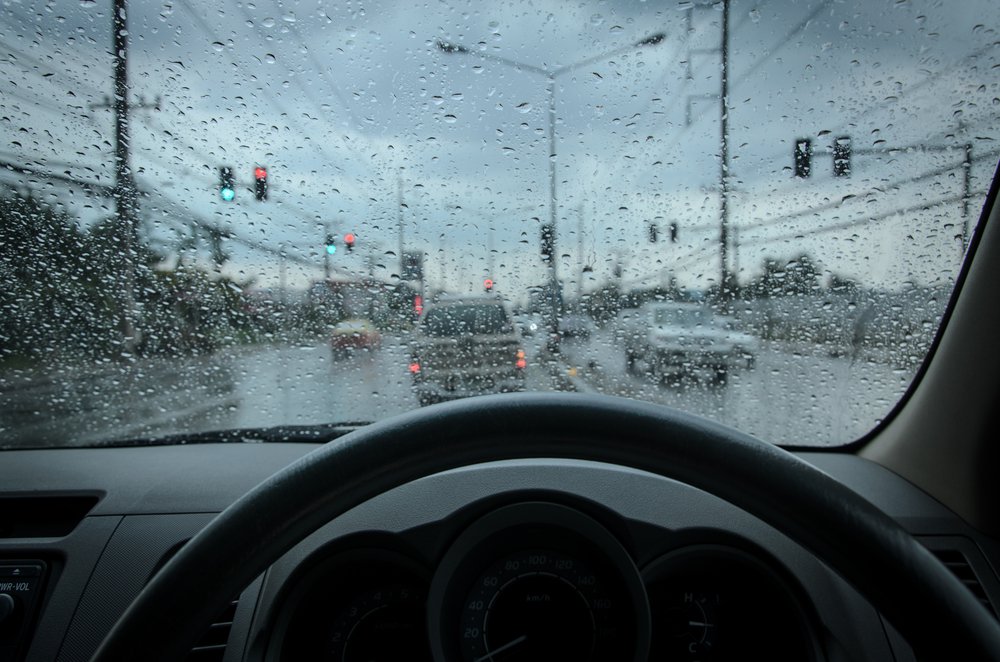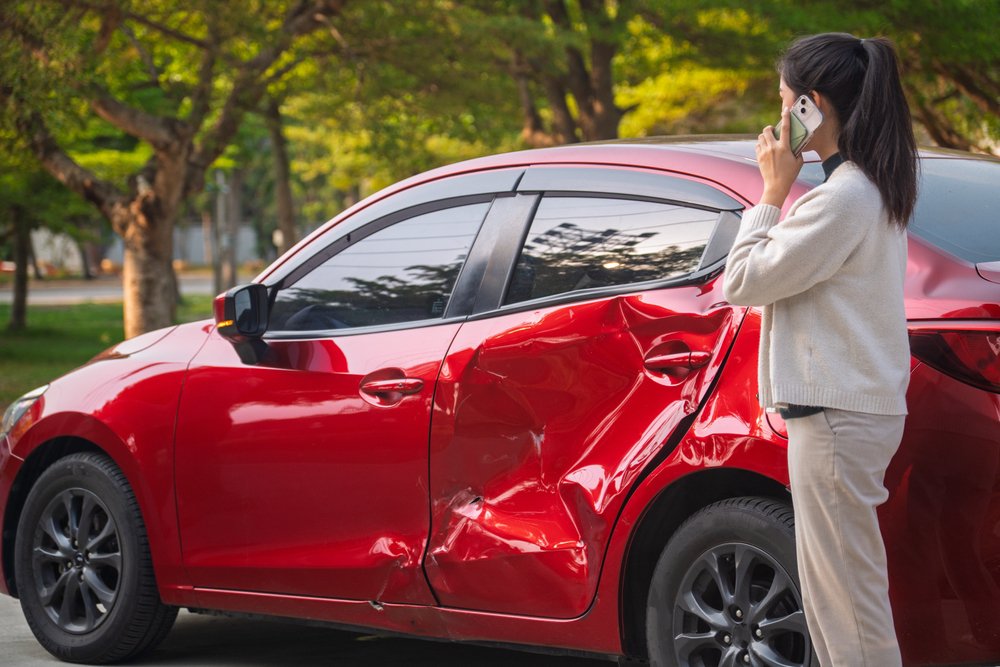Understanding the difference between collision and comprehensive car insurance is essential for California drivers who want to make informed decisions about their coverage. While both options provide financial protection, they apply in very different situations. Knowing how each policy works—and when you may need one or both—helps ensure that you’re not left uncovered when unexpected accidents happen.
What Is Comprehensive Car Insurance?
Comprehensive car insurance protects your vehicle against non-collision events that are beyond your control. This type of coverage is designed to pay for damages caused by incidents that don’t involve another vehicle crashing into yours.
Common situations where comprehensive insurance applies include theft, vandalism, fire, natural disasters like wildfires or floods, and falling objects such as tree branches. It may also cover damage from hitting an animal, which is particularly relevant in rural or suburban parts of California.
Because comprehensive policies deal with unpredictable risks, many lenders and leasing companies require drivers to maintain this coverage until the vehicle is paid off. Even if you own your car outright, it’s worth considering comprehensive insurance if your area is prone to environmental risks or higher crime rates.
What Is Collision Car Insurance?
Collision car insurance, on the other hand, applies when your vehicle is damaged due to an impact. This could include accidents involving another car, a stationary object like a guardrail or pole, or even if your car rolls over.
For example, if you slide on a wet road in Los Angeles and crash into a barrier, collision coverage would help pay for the repairs to your vehicle, regardless of who was at fault.
Collision insurance is especially useful for drivers in California cities where heavy traffic increases the likelihood of accidents. While it’s not legally required, it provides peace of mind by ensuring your car can be repaired or replaced after a crash.
What Is the Difference Between Collision and Comprehensive Insurance?
While both types of coverage protect your vehicle, the key differences lie in what causes the damage. Here’s a clear breakdown:
- Cause of Damage
- Comprehensive: Non-collision events like theft, fire, vandalism, or natural disasters.
- Collision: Impact-related damage from crashes or rollovers.
- Type of Risk Covered
- Comprehensive: External and uncontrollable factors.
- Collision: Driver-related incidents or accidents.
- Common Examples
- Comprehensive: Wildfire damage, car stolen in San Francisco, windshield shattered by hail.
- Collision: Rear-end accident in Los Angeles traffic, hitting a tree, backing into a pole.
- When It’s Most Needed
- Comprehensive: High-crime areas or regions with frequent natural disasters.
- Collision: Urban areas with heavy traffic or new car owners who want repair protection.
- Optional vs. Required
- Comprehensive: Often required by lenders or lease agreements.
- Collision: Optional but recommended for vehicles with significant value.
How to Choose the Right Coverage for Your Vehicle
Selecting the right coverage depends on your budget, driving habits, and the value of your car. Start by evaluating the age and condition of your vehicle. If you drive an older car with minimal resale value, paying for collision coverage might not be cost-effective. However, if your vehicle is newer, both comprehensive and collision can safeguard your investment.
Consider where you live and how often you drive. Californians in wildfire-prone areas, for instance, may benefit from comprehensive coverage, while those commuting daily in busy cities might find collision protection more important.
It’s also wise to compare insurance quotes and deductibles. Sometimes, combining comprehensive and collision coverage provides balanced protection at a reasonable cost. Consulting with a licensed insurance agent can help tailor a policy that meets your specific needs while keeping premiums manageable.
Ensuring Smart Coverage Choices in California
Choosing between comprehensive and collision insurance doesn’t have to be complicated when you understand how each applies. Comprehensive protects against non-collision risks like theft or natural disasters, while collision steps in after accidents involving other vehicles or objects. By carefully considering your vehicle’s value, your location, and your driving patterns, you can select coverage that provides peace of mind without overspending.
Protect your vehicle with the right insurance in California. Pronto Insurance makes it easy to compare comprehensive and collision coverage so you never face gaps in protection. Contact Pronto Insurance today for expert guidance and affordable policies.













